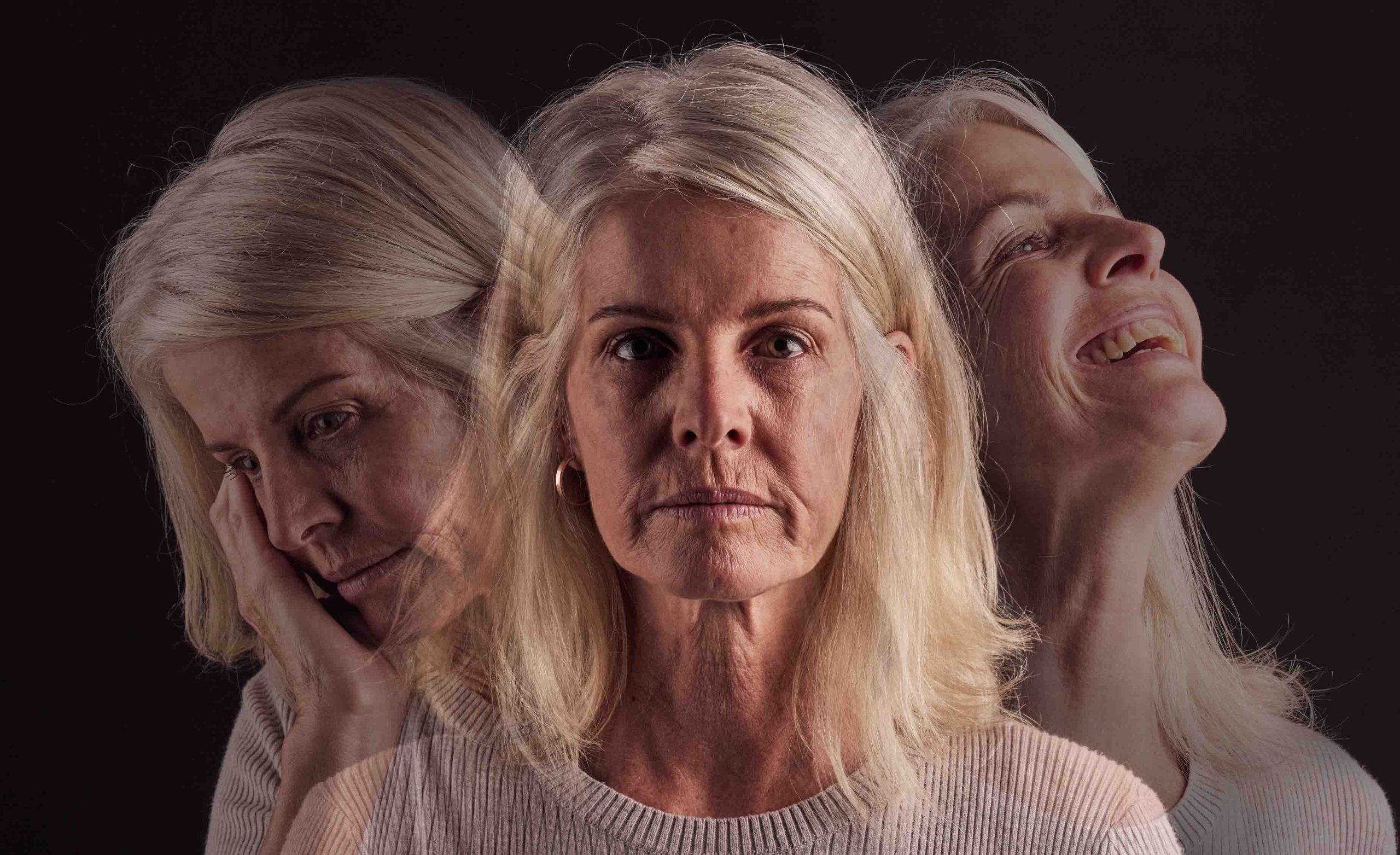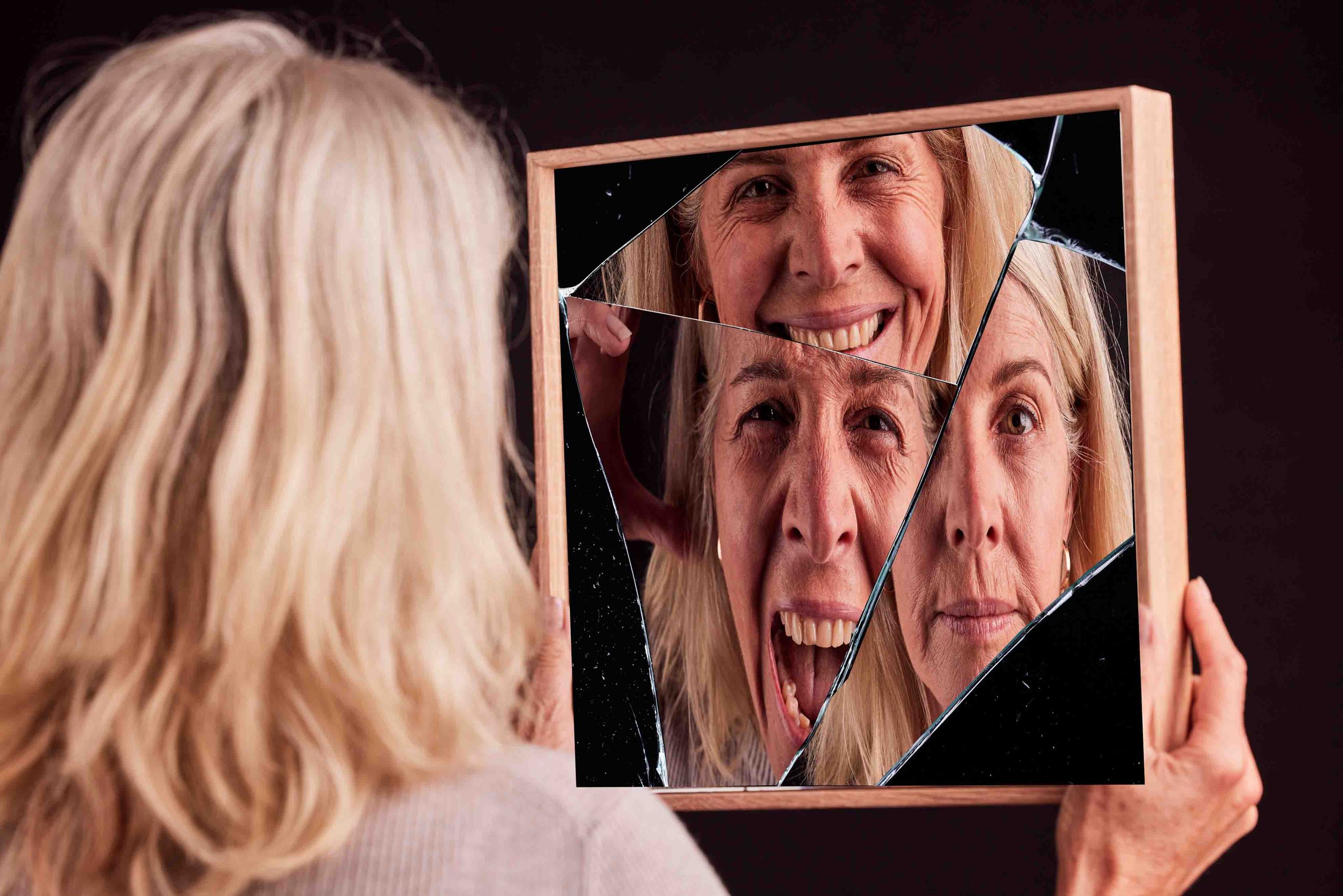We make decisions all the time. Every day we choose what we are going to wear or what we are going to eat. On these occasions, making decisions seems like a simple task. But what happens when we have to make more important decisions in our lives? If we look back, we see that our past decisions, among other factors, have led us into the present in which we live.
Some people experience difficulties in making decisions they consider important. Sometimes we may feel blocked, paralyzed by the fear of uncertainty or of making the wrong decision. Indecision can lead us to constantly postpone the moment of making a decision, as well as causing us to feel tired and helpless.
Throughout this article we will describe the psychological models that explain the decision-making processes, we will identify the factors that hinder these processes and we will propose strategies to deal with them. We will also discuss how emotions affect our decisions.
How do we make decisions?
Psychology has tried to explain and describe the mental processes behind decision making. Several psychological models have been developed, among which we could highlight the following:
- The rational model: This theory holds that a person makes a decision by evaluating, on the one hand, the probability of each possible outcome, and, on the other hand, the benefit of that outcome. For example, let's imagine that we are trying to decide what degree to study. This model would argue that we make that decision by evaluating the possibility of entering the degree program of our choice and studying it successfully, as well as assessing the future benefits of studying that degree program (market demand, salary expectations...).
- The heuristic model: This model criticizes the rational model for assuming that people always have all the necessary information to make the best decision and that they evaluate the possibilities as if they were a "faultless computer". We know that this is not always the case. Kahneman and Tversky (1973) pointed out that people use mental shortcuts or "heuristics" to make quick and efficient decisions in complex situations. In the above example of choosing a college major, a person might use several heuristics to make his or her decision:
- Availability heuristic: The person might base his or her choice on the degrees that he or she knows the most about or has heard the most about from experiences of people close to him or her.
- Representativeness heuristic: The person could choose his or her degree by trying to choose the one that best fits his or her personal characteristics, skills, or values.
- Social judgment heuristic: The person might choose a career based on how it is viewed socially.

Heuristics allow us to explain our «intuition», defined as the «faculty of understanding things instantaneously, without the need for reasoning». In other words, they allow us to explain why we sometimes choose an option without devoting too much conscious effort to reflecting on a decision. However, decision-making is also influenced by emotional and subjective factors that interfere with the elaboration of a generalizable model.
How do our emotions affect our decisions?
Numerous research studies show that emotions greatly affect our decisions. They influence us mainly in two ways.
On the one hand, when our prefrontal cortex (the area of the brain involved in decision making) begins to create representations of the scenarios that could occur as a consequence of a decision, we can feel the outline of the emotional reaction that this scenario would provoke in us. This allows us to make decisions that are oriented towards experiencing positive or pleasant emotions and avoiding negative or unpleasant emotions.
On the other hand, our emotional states also affect our decision making. When we are in positive emotional states (e.g., joy or exaltation) we tend to consider riskier options and make quicker decisions. While negative emotional states (e.g., sadness or fear) are associated with a more detailed evaluation of the situations and more conservative and slower decisions.

Therefore, as Pascal said long before the development of psychobiology, “the heart has its reasons which reason knows nothing of”. In other words, emotions can be of great help in making vital decisions. But some emotions can also contribute to the blocks that limit us when making a decision. We will talk about these blocks in the following section.
4 factors that contribute to indecision
The previous sections have served to understand the way in which people make decisions. Now we are going to identify the 4 elements that contribute the most to indecision:
- Need for control: when we have to make an important decision for our lives we face great uncertainty. Sometimes, people with excessive fear of uncertainty believe they need a lot of time to gather more and more information to help them choose the wisest option. However, sometimes useful information is also limited. This endless search for information can make us feel a false "illusion of control" as we procrastinate in making the decision.
- Lack of self-confidence: People with low levels of self-confidence may feel less willing to make decisions and less confident in their decisions once they make them. This has to do with a lack of confidence in their own judgments and a feeling that they will not be able to take responsibility for the consequences of the decision they make. They usually consult the people around them excessively before deciding for themselves.
- Fear of rejection: Sometimes making a decision involves choosing something that others would not choose. In this sense, it involves exposing oneself to the judgment of others. Other times, making a decision that suits us may have a negative effect on others. Some people block themselves before a decision for fear of "what will they say" or of being rejected by others.
- Fear of being wrong: Choosing implies giving up those options that have not been chosen. Sometimes the fear of not making the right decision, of making a mistake or of regretting it later, makes indecision last while we evaluate over and over again in our head what might happen if we make a mistake.

Tips to make decisions more effectively
Once explained which are the elements that contribute most to indecision, these are the steps we can follow to do it effectively:
- Identify the dilemma: Define the problem and why it is necessary to make a decision about it.
- Discuss all the possible alternatives.
- Make a list of pros and cons of each alternative.
- Choose an alternative.
- Take action: test the chosen option.
When in this process we get «blocked» or do not feel that we can get to step 5, we can:
- Identify what are the fears or emotions that block me from making a decision.
- Evaluate the costs of acting on these fears (staying in indecision or not taking action) versus the costs of acting objectively and making a decision (facing those fears).
- Work on taking responsibility for my decision and accepting that choice always involves giving up other possibilities.
- Work on assuming the lack of control. We make decisions based on the information and tools we have "today" and many times we cannot predict the outcome tomorrow.

Making important decisions is not an easy task, and requires planning and action. But sometimes what blocks us has to do with fears or emotions that we must work on in order to feel more capable and confident when making decisions.
It is recommended to complement this reading with this article on self-esteem and this other one.
About the author
Emma is a health psychologist at Sinews. She treats adults and adolescents who come for consultation for problems such as anxiety, depression, grief, self-esteem, emotional self-esteem, emotional dependency… In addition, she is a specialist in the treatment of trauma. She performs her interventions from an integrative approach, which includes an exploration of primary bonding relationships from the perspective of the attachment theory, as well as an approach to the problem from a cognitive-behavioral approach to the problem from a cognitive-behavioral perspective, using effective techniques according to each patient’s needs.
Division of Psychology, Psychotherapy and Coaching
Psychologist
Adults and adolescents
Languages: English and Spanish

